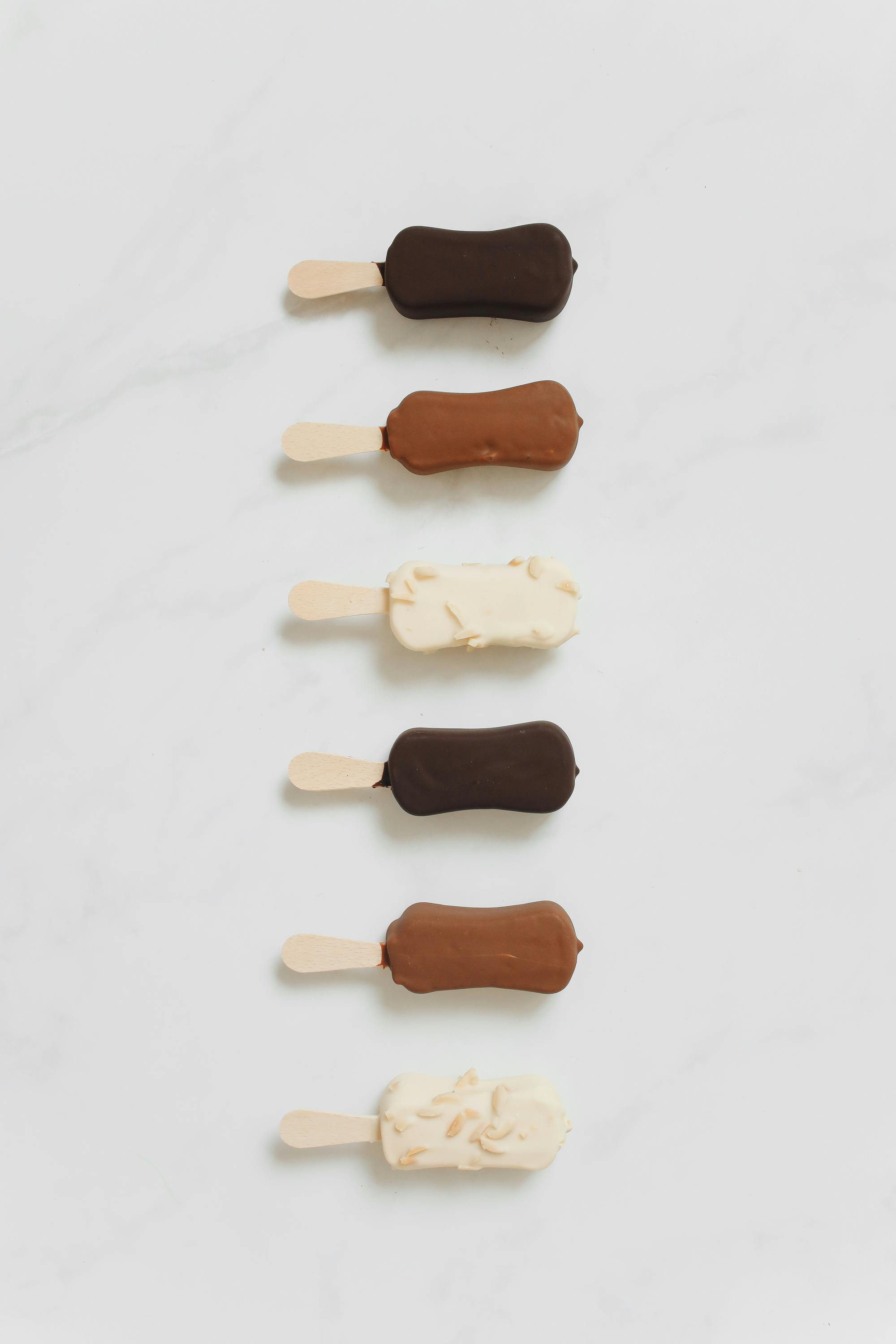Essential Guide to Lard Storage: How to Keep It Fresh in 2025

Apply Now

 Its part of generated content. Can i generate another part?
Its part of generated content. Can i generate another part?
Essential Guide to Lard Storage: How to Keep It Fresh in 2025
Lard, a traditional cooking fat derived from pigs, has seen a resurgence in popularity among chefs and home cooks alike. Known for its versatility in frying, baking, and enhancing flavors in various cuisines, lard deserves proper handling to maintain its quality and safety. Understanding how to store lard effectively can help you avoid spoilage, optimize its shelf life, and enjoy its unique flavor to the fullest. In this essential guide, we will explore critical aspects of lard storage, including signs that lard has gone bad, best practices for keeping lard fresh, and the health considerations associated with its use. Additionally, we will discuss the nutritional profile of lard, compare it with other fats, and provide tips on incorporating lard into your cooking, especially for baking and frying. This article aims not only to educate you on the intricacies of lard preservation methods but also to empower you with the knowledge to utilize this culinary staple safely and effectively. Let’s dive into the world of lard and discover how to store it properly while enjoying its benefits in your kitchen.Understanding Lard: Shelf Life and Signs of Spoilage
To effectively store lard, it’s crucial first to understand its shelf life and the signs that indicate when it has spoiled. Proper knowledge helps in avoiding using lard that may have turned rancid or unsafe for consumption.How Long Does Lard Last?
Lard’s longevity varies based on its storage conditions and whether it is opened or unopened. Unopened lard can last up to a year when stored in a cool, dark place. Once opened, it is best used within six months if kept in the pantry. However, refrigeration can extend its freshness for up to a year.Identifying Rancid Lard
Recognizing spoiled lard is essential for safe cooking. Signs of rancid lard include off-putting odors, changes in color from white or cream to yellow, and textural changes that make it feel grainy or watery. Always inspect lard before use, as spoiled lard can not only ruin a dish but also pose health risks.Signs Lard is Bad
Beyond smell and texture, lard’s appearance can provide clues to its freshness. If you notice any discoloration or mold, discard the lard immediately. Additionally, if it has developed an unusual flavor—often described as sour or bitter—this is a clear sign to throw it out.Best Practices for Lard Storage
Having established how to gauge lard’s freshness, let's discuss the recommended practices for storing lard properly.Storing Lard in the Pantry
When storing lard in the pantry, choose a cool, dark area away from heat sources. Ideally, it should be kept in an airtight container to prevent exposure to air, which can lead to oxidation and spoilage.Lard Refrigeration Tips
For optimal freshness, refrigerate your opened lard. This slows down oxidation and microbial growth. Ensure that the container is tightly sealed to prevent it from absorbing odors from other foods.Lard Freezing Techniques
If you buy lard in bulk or make homemade lard, freezing is an excellent way to extend its shelf life. Portioning out lard into smaller, resealable containers or freezer bags can make it easier to thaw only what you need, while keeping the rest preserved.Health Considerations: Using Lard Safely
Lard has often been misunderstood in discussions about health. It’s high in saturated fat but also provides various nutrients that can be beneficial in moderation.Lard Nutritional Profile
Offering a rich source of calories and fat, lard contains essential fatty acids that can contribute to energy intake. Moreover, it is a significant source of fat-soluble vitamins like A, D, E, and K, essential for various bodily functions.Lard vs. Other Cooking Fats
When comparing lard to butter, vegetable oils, and shortening, each fat has its uses and health implications. Lard has a high smoke point, making it excellent for high-heat cooking methods, such as frying. Its flavor can also enhance baked goods, distinguishing it uniquely from other fats.Health Effects of Lard
Moderation is key when incorporating lard into your diet due to its saturated fat content. Understanding its health implications can guide you in making better choices. With responsible usage, cooking with lard can fit into a balanced diet, allowing you to enjoy its unique texture and flavor without compromising health.Cooking with Lard: Tips and Techniques
To make the most out of lard in your kitchen, it’s essential to recognize its culinary applications beyond traditional cooking.Lard for Frying and Sautéing
Lard is particularly prized for frying due to its high smoke point and ability to impart rich flavors. It heats evenly and can withstand high temperatures without breaking down, making it ideal for crispy fried foods.Lard in Baking
In baking, lard contributes to the flakiness of pastries and can be an excellent substitute for butter or shortening. Recipes that benefit from lard include pie crusts, biscuits, and bread, where a tender crumb and rich flavor are desired.Lard vs. Butter in Recipes
When substituting lard for butter, remember that lard is about 100% fat compared to butter’s composition of about 80% fat and 20% water. Adjusting the quantities accordingly can yield the best results, keeping in mind the flavor profile that lard brings to baked goods.Conclusion: Keeping Lard Fresh and Flavorful
To maximize the benefits of lard in your cooking, it is vital to store it properly and understand its characteristics. Adhering to the practices discussed will help ensure that you enjoy lard’s unique flavor profile safely. It’s clear that lard deserves a place in today’s kitchens, thanks to its versatility and pairing with both traditional and modern culinary trends. With the right storage techniques and knowledge of spoilage signs, you can be confident in using lard effectively in various recipes. For more related topics about cooking with fats, feel free to check out our posts on cooking with butter and substitutes for cooking oils.
 Its part of generated content. Can i generate another part?
Its part of generated content. Can i generate another part?